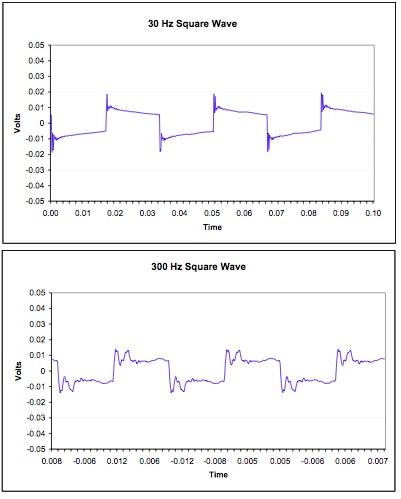- Joined
- Jun 22, 2001
- Posts
- 4,111
- Likes
- 1,336
@ Jamey Thanks bud, cool tool, feel free to talk about it here, no worries.
@Udauda I haven't gotten to start working on the IEMs yet, but there's merit to your comment. However, if you're talking about information up above 8 kHz it may be difficult to get really accurate measures on the HeadAcoustics with IEMs. A Zwisloki coupler does seem to be the best way to get accuracy up high, and also there may be a need to use a different compensation curve for IEMs than regular headphones. Not exactly sure where all the features on the current graphs are coming from given those two possibilities for error. Keep your eye out here and we'll look into it when I get back to work.
@Udauda I haven't gotten to start working on the IEMs yet, but there's merit to your comment. However, if you're talking about information up above 8 kHz it may be difficult to get really accurate measures on the HeadAcoustics with IEMs. A Zwisloki coupler does seem to be the best way to get accuracy up high, and also there may be a need to use a different compensation curve for IEMs than regular headphones. Not exactly sure where all the features on the current graphs are coming from given those two possibilities for error. Keep your eye out here and we'll look into it when I get back to work.
























